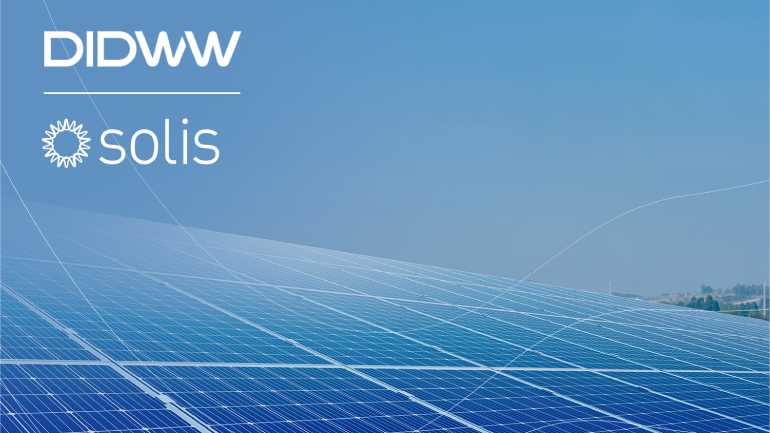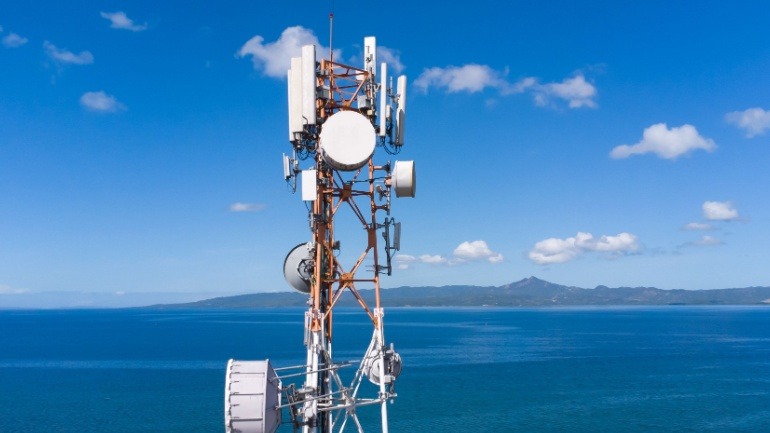AT&T’s nationwide 5G RedCap network enhances IoT applications with energy-efficient solutions, transitioning from the decommissioned NB-IoT network. RedCap supports devices like wearables and AR gadgets, marking a shift to cost-effectiveness.
Oracle is investing $3 billion to expand its AI and cloud infrastructure in Europe, focusing on the Netherlands and Germany. The move supports rising demand for sovereign cloud services and digital transformation, with major boosts in Amsterdam and Frankfurt.
Ericsson and Liberty Latin America’s launch of Costa Rica’s first 5G Standalone (SA) network represents a pivotal leap in Central America’s digital evolution. This transformative 5G infrastructure, powered by Ericsson’s revolutionary technology, spans over 1,400 sites, enhancing connectivity for 3.7 million subscribers.
Major European firms, including Airbus and BNP Paribas, are urging the EU to delay the AI Act, warning that its complexity could hinder innovation and global competitiveness. While supporting regulation, they call for simpler rules to ensure Europe maintains its AI leadership.
Deutsche Telekom has launched T Cloud, a unified platform delivering customizable cloud solutions tailored to European enterprises. Alongside a partnership with Nvidia to build Europe’s first industrial AI cloud, the company aims to provide secure, sovereign digital infrastructure supporting regulatory compliance, industrial innovation, and technological leadership.
Alibaba Cloud is accelerating its global expansion with new data centers in Malaysia and the Philippines and a $52.7 billion investment in infrastructure. The launch of its AI Global Competency Center in Singapore highlights its push to train talent and deploy AI across industries.
Solis has partnered with DIDWW to enhance its global communication capabilities through advanced VoIP solutions. This collaboration supports Solis’ European expansion and reinforces its commitment to innovation and customer-centric service, while advancing its mission to deliver smart, sustainable energy solutions worldwide.
Verizon Business is revolutionizing the UK’s industrial sectors by turning them into digital highways through strategic partnerships like the one with Thames Freeport. This ambitious project leverages 5G technology to propel AI and IoT applications in manufacturing and logistics, aiming for 200% revenue growth by 2025.
Verizon and Nokia are deploying six private 5G networks across Thames Freeport to transform UK logistics and manufacturing. Spanning 1,700 acres, the project supports advanced technologies like AI and IoT at key sites including Port of Tilbury, London Gateway, and Ford’s Dagenham plant.
VoIP isn’t just about cheaper calls – it’s a smarter way to cut communication costs across the board. From reducing infrastructure and IT expenses to boosting productivity and enabling remote work, VoIP offers a scalable, cost-effective solution that improves operations and supports long-term business growth. Here’s how it transforms communication ROI.













